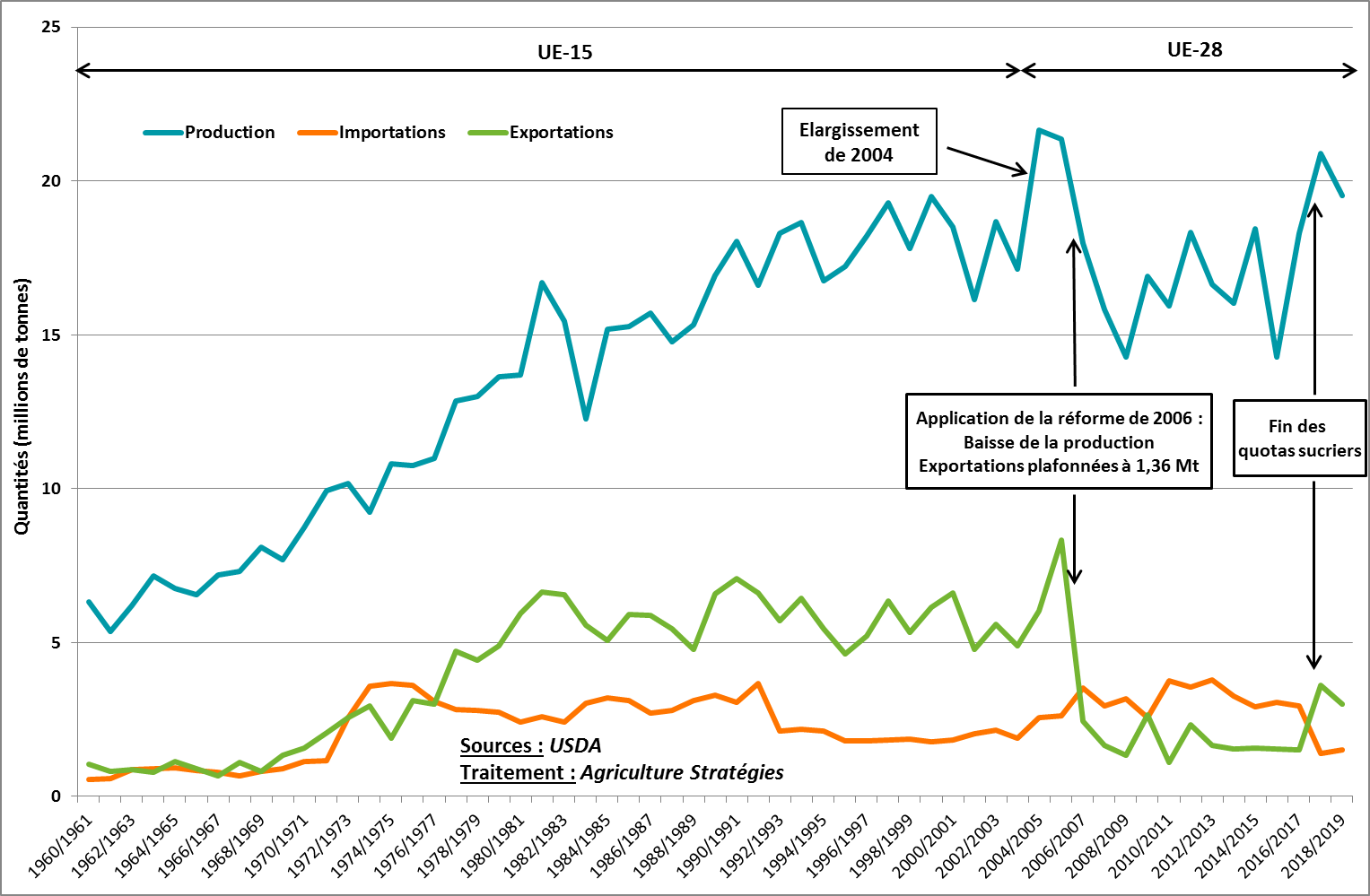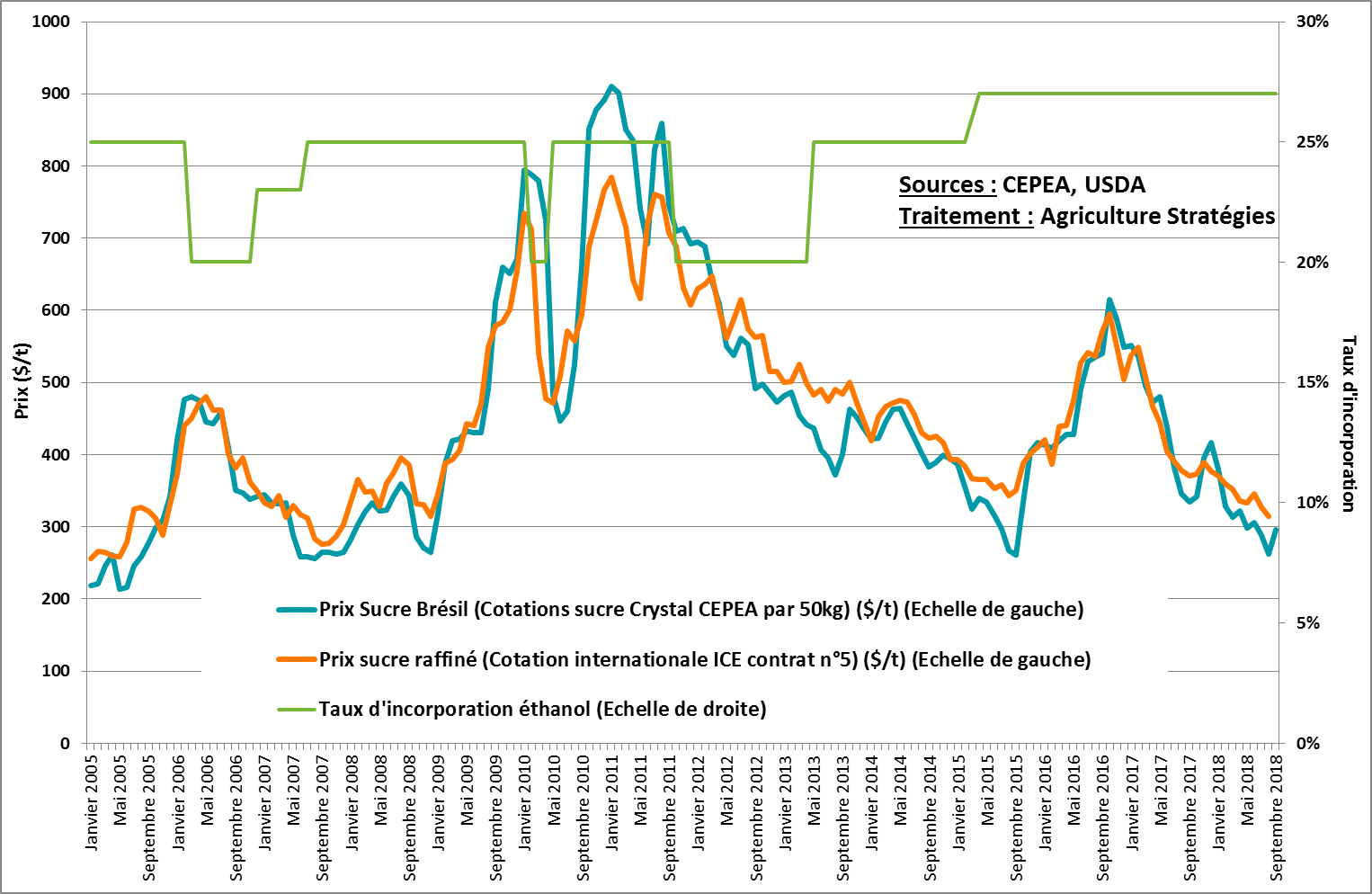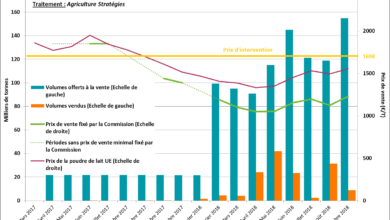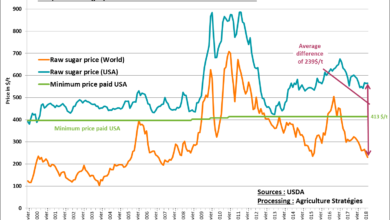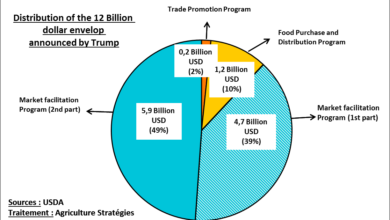
Overproduction crises are commonplace in the agricultural sector and more particularly in the fruit and vegetable sector, where yields can vary widely from one year to the next. This is precisely the situation currently facing American cranberry producers who have just decided not to market a quarter of their production, or more than 100,000 tons of products1, in order to relieve overburdened markets.
Iconic product of North America, present on all the tables for Thanksgiving, the production of cranberries has had an important growth after a serious health crisis at the end of the 1950s. Already confronted with important stocks, producers organized within the Cranberry Marketing Order (CMC) since in 19622, have sought the approval of the Federal Administration (USDA) to ban the marketing of 25% of this year’s abundant crop. This surplus must be given, composted or used for non-commercial purposes3.
Through the Agricultural Marketing Agreement Act of 1937, the American agricultural sectors have the opportunity to create marketing boards to collectively manage marketing. Beyond the dairy sector, there are 28 offices mainly for fruits and vegetables (citrus, grapes, pears, potatoes, onions, etc.)4. In particular, these offices can regulate supply: either by using “withholding” or by imposing marketing quotas (“allotment”). It should be noted that all board decisions must be validated by federal authorities.
For cranberries, storage was used four times between 1962 and 19715, as well as more recently in 20176. As for marketing quotas, they had not been used since 2000 and 20017. In 20148 a request was submitted by the CMC to use marketing quotas, but the USDA was oppposed to it, because they suspected an illegal coordination with Canadian producers.
In order to establish the marketing quotas for this year, the sliding average of the best four of the last six years is used, which has the advantage of not freezing the situation. Between 2004 and 2016, production increased by almost 50%9.
As Claire Brown points out in her article in New Food Economy10, it may seem unsatisfactory to stick to marketing quotas, a source of considerable waste, rather than seeking to act directly on production through production quotas.
But it must be said that the variability of yields, which is very important, for most fruits and vegetables can justify acting on supply once the harvest has been completed. And, in the end isn’t the destruction of these surpluses not the price to ensure the durability of a sector that has the regulatory framework to go out on its own and without public support of an overproduction crisis.
Christopher Gaudoin, Strategic analyst for Agriculture Strategies
1 https://newfoodeconomy.org/cranberry-glut-destroy-crop-volume-regulation-usda-ocean-spray/
2 http://www.uscranberries.com/about-cmc/
3 https://www.ams.usda.gov/content/usda-announces-cranberries-volume-regulation-2018%E2%80%9319-crop-year
4 https://www.ecfr.gov/cgi-bin/text-idx?sid=285d017562453496d60f218d5fbe932f&c=ecfr&tpl=/ecfrbrowse/Title07/7cfrv8_02.tpl
5 https://fruit.wisc.edu/wp-content/uploads/sites/36/2011/05/Cranberry-Marketing-Order-Volume-Regulation.pdf
6 http://www.uscranberries.com/industry-news/2017-2018-volume-regulation-recommendations/
7 E. V. Jesse, R. T. Rodgers, 2006, The Cranberry Industry and Ocean Spray Cooperative: Lessons in Cooperative Governance, Food System Research Group Monograph Series, n°19
8 https://www.wisconsinwatch.org/2014/08/cranberry-growers-frustrated-after-feds-reject-production-cuts/
10 https://newfoodeconomy.org/cranberry-glut-destroy-crop-volume-regulation-usda-ocean-spray/





